Of aestheticism, which advocated art for art’s sake. Why is oscar wilde considered the father of the aesthetic movement?
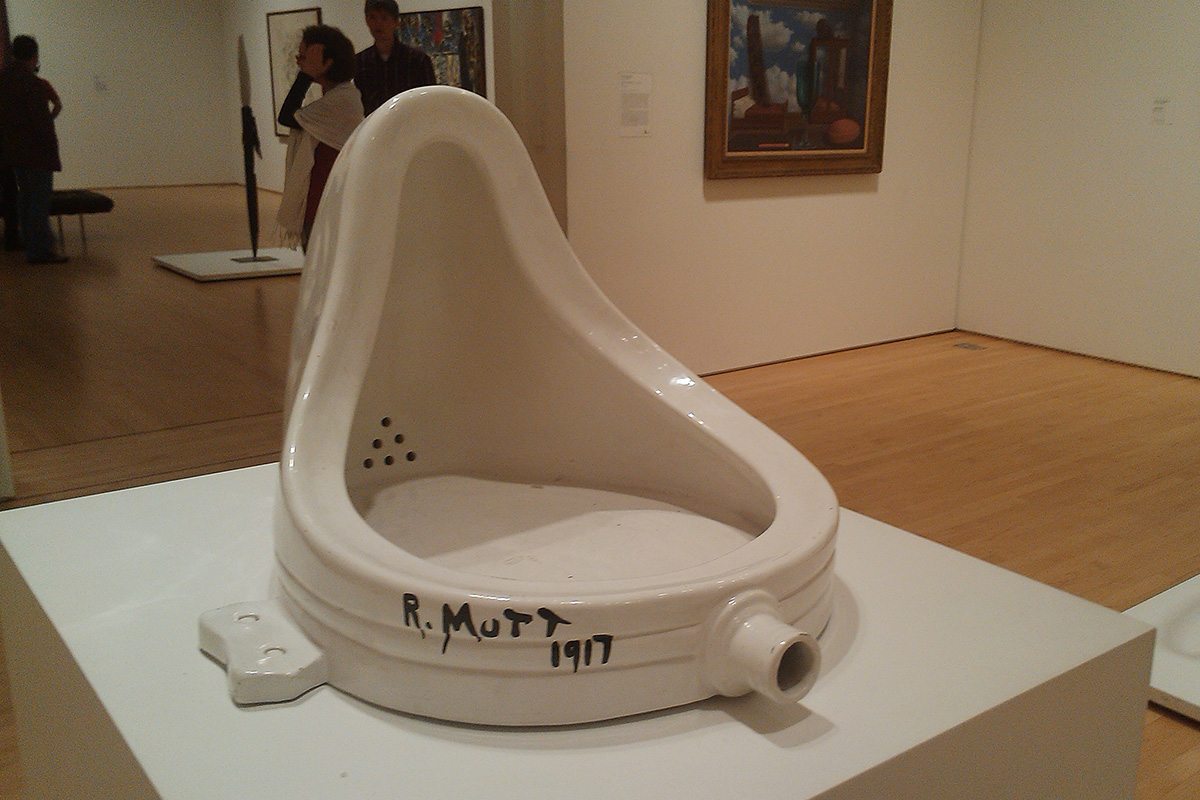
The Influence Of Art For Arts Sake On History Widewalls
We must make people see art for art’s sake is also important.

Art for art's sake was advocated by. Wilde who advocated art for art’s sake or with ruskin, who after the contemplation of art in painting and sculpture and poetry asserted that all art is god’s praise. Get art into your local community. Théophile gautier, a french author, picked up poe’s idea, and coined the slogan, ‘art for art’s sake’(the english translation of l'art pour l'art), in defiance of those who advocated that true art had a moral purpose.
The concept was embraced by many french, british and american writers, and artists, and by proponents of the aesthetic movement such as walter pater; If you’re looking for advocacy ideas, check out the list below! See all facts and data →.
The aesthetic movement in the late 19th century advocated for “art for art’s sake,” simply meaning that the primary purpose of art was to appear beautiful rather than serve any allegorical or moral messages. At the end of the nineteenth century, the idea of art for art's sake. Art for art’s sake, a slogan translated from the french l’art pour l’art,which was coined in the early 19th century by the french philosopher victor cousin.
Darwin's on the origin of species was published in. He was inspired by the connections between painting and music and entitled many of his paintings 'arrangements', 'harmonies' and 'nocturnes'. Art for the sake of art became a bohemian creed in the 19th century;
A slogan raised in defiance of those—from john ruskin to the much later communist advocates of socialist realism—who thought that the value of art was to serve some moral or didactic purpose. 4 ways you can advocate for the arts 1. Tolstoy wrote his great book what is art to find the value of beauty in art in terms of other things, and shelley and his defence of poetry laid stress on the moral and intellectual good that art does to’humanity.[the_ad id=”17142″]
Art truly benefits the whole child, and it should be accessible to all. Art was to exist for its own sake, for its beauty and he artist was not to be concerned with morality or usefulness but its only purpose is to be beautiful. Jean tingley's metamatics permitted the artist to create art using.
It can soley be about the joy of process. Many of the men involved were queer, and their artistic community and doctrine of decadence promoted sexual freedom in repressive victorian society. Dream work and fetishism were two theories embraced by surrealist artists through their study of.
Movement, which advocated “art for art’s sake,” was political in its own way. One of the leading advocates of art for art’s sake was the american painter james mcneill whistler. It stems from his role in the aesthetics movement, in which he advocated that art needed no justification or purpose.
Art was not meant to instruct and should not concern itself with social, moral, or political guidance. Pater 's appreciations came out in. Aestheticism is the doctrine of art that holds this belief of ‘art for art’s sake’.
Who advocated that government should be managed by the working class. Unconventional in both his writing and his life, his reputation rests on his only novel, the picture of dorian gray (1891), and on his witty plays. Sharing your students’ work is a great way to highlight the role.
The term art for art’s sake expresses a philosophy about the intrinsic value of art that is divorced from any didactic function. I believe that the process can produce art, but it should be process over product. In the process of experiencing art, a product often results but it can be transient and ephemeral.
He may even be referring to oscar wilde who did dress outlandishly and who also advocated “art for art’s sake.” forster, however, goes on to clarify that a belief in “art for art’s sake” does not necessarily imply that you believe that art is the only thing that matters in human society. The english essayist walter pater, an advocate of art for art's sake, helped to form wilde's humanistic aesthetics in which he was more concerned with the individual, the self, than with popular movements like industrialism or capitalism. The philosophical foundations of aestheticism were formulated by immanuel kant, who advocated autonomy of art.
The phrase expresses the belief held by many writers and artists, especially those associated with aestheticism, that art needs no justification, that it need serve. The descent of man (1871) was written by. Oscar wilde was strongly associated with the phrase “art for art’s sake,” though it doesn’t actually appear in his writing.
2

Oscar Wilde Sitting On Cast Iron Stove Oscar Wilde Oscar Wilde Cartoon Cast Iron Stove

Pin On Personajes Historicos - Historical Figures
2

Pin By Melancosmic On Oscar Wilde Mindfulness Quotes Oscar Wilde Quotes Quotes

Sophie Taeuber-arp Dancing In A Mask By Marcel Janco At Cabaret Voltaire Zuerich 1916 Dada Culture Art Museum Of Modern Art
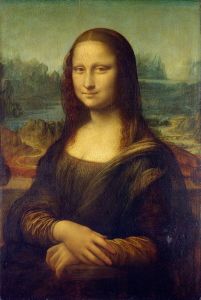
Art For Arts Sake - Development And Ideas Theartstory

Teleny Or The Reverse Of The Medal Books Secondhand Books Old Library
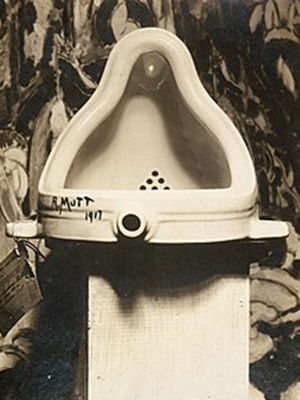
Art For Arts Sake - Development And Ideas Theartstory
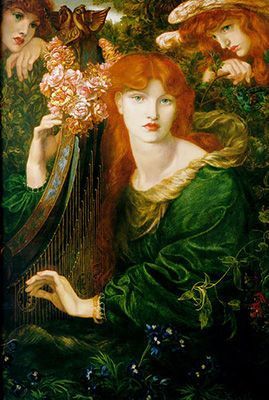
Art For Arts Sake - Development And Ideas Theartstory

Pin By Qennin On Art - Photography - Patterns - Diy Oscar Wilde Oscar Oscar Wilde Quotes

A Catalogue Of Blue And White Nankin Porcelain Forming The Collection Of Sir Henry Thompson Blue And White Thompson Art For Art Sake

Vuillard Edouard 1868-1940 - 1912 Woman With Hat Private Collection In 2021 Edouard Vuillard Painting Painting Reproductions

Full Size A Catalogue Of Blue And White Nankin Porcelain Forming The Collection Of Sir Henry
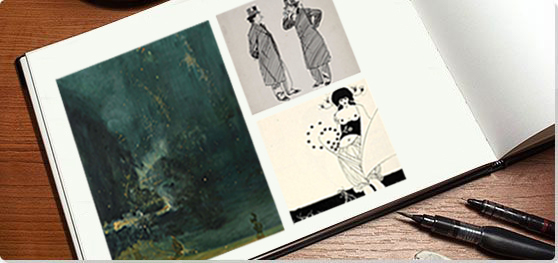
Art For Arts Sake - Development And Ideas Theartstory
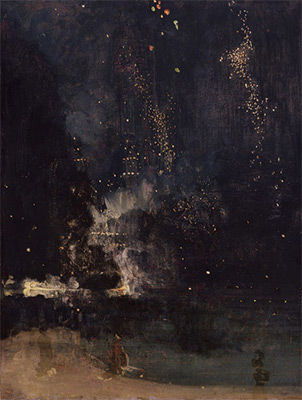
Art For Arts Sake - Development And Ideas Theartstory
Art For Arts Sake Movement In 19th Century Post-modernism
2

What Is Art For Arts Sake What Does Art For Arts Sake Mean Art For Arts Sake Meaning - Youtube